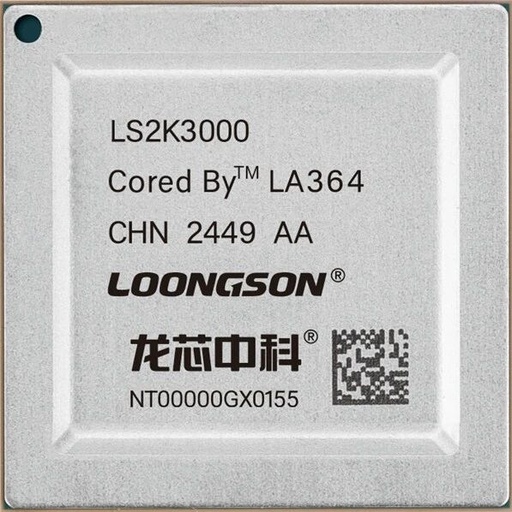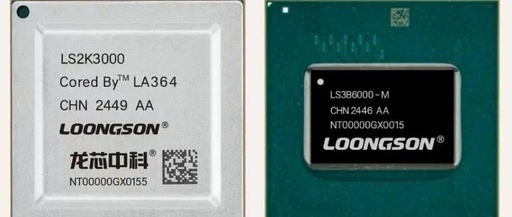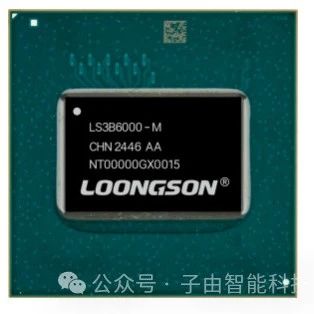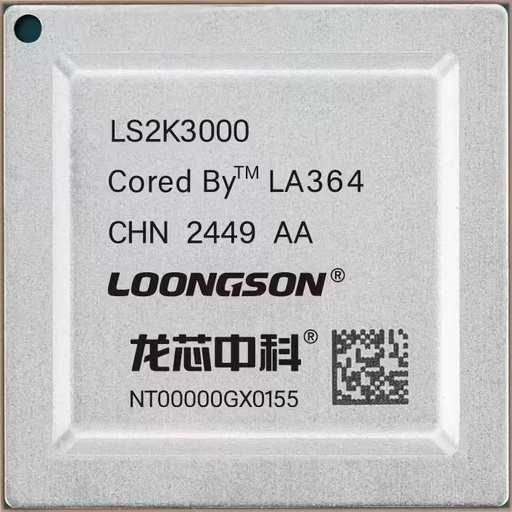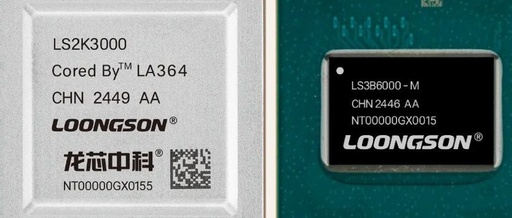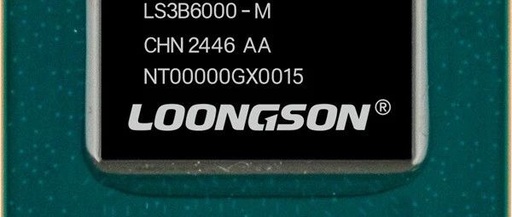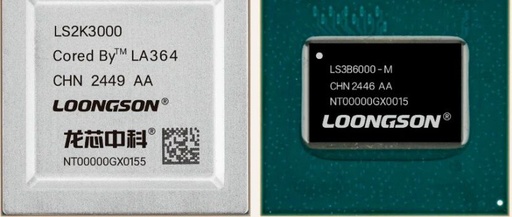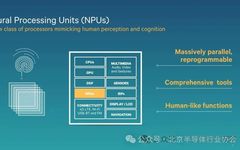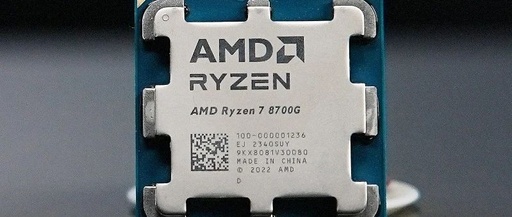Successful Tape-Out of the New Loongson CPU
On April 3, Loongson Technology officially announced that recently, the Loongson 2K3000 and Loongson 3B6000M have successfully completed tape-out, and preliminary functionality and performance assessments have been completed, with all indicators meeting expectations. The Loongson 2K3000 and Loongson 3B6000M are different packaging versions based on the same silicon wafer, targeting the industrial control application field … Read more
